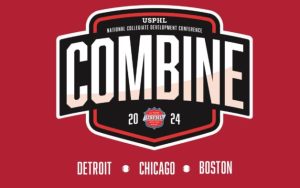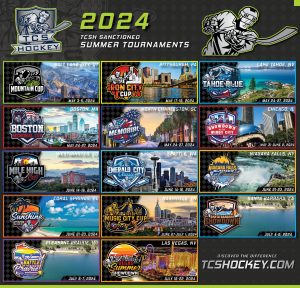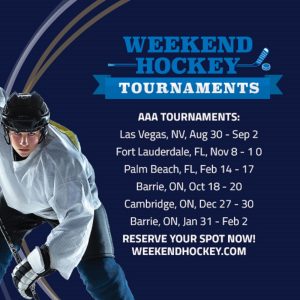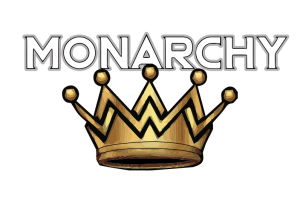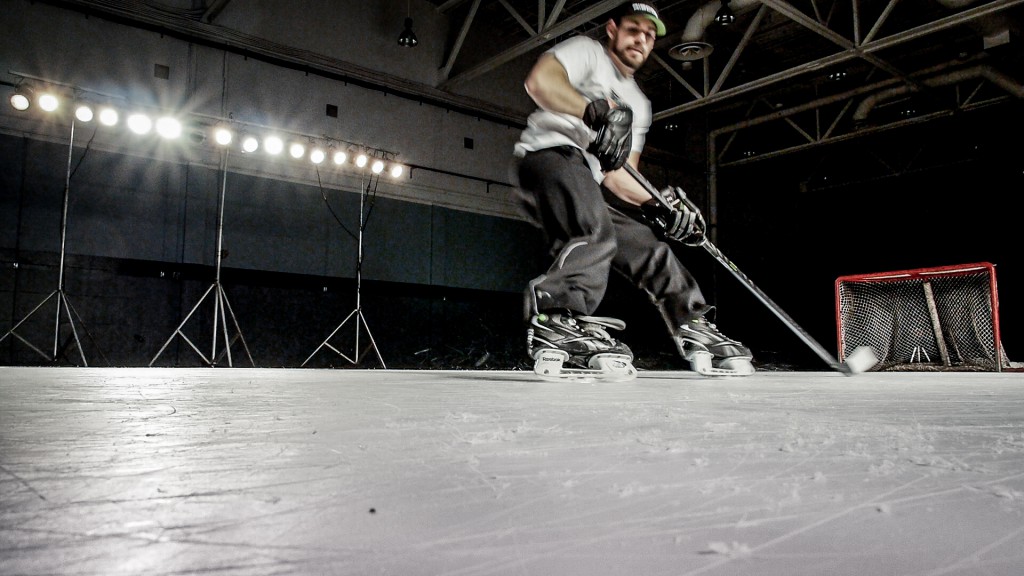Synthetic Ice Skating Series – Part 3 of 3 – Stops

Welcome back to the Synthetic Ice Skating Series!
In Part 3, HockeyShot Skating Sensei Jim Vitale and Bench Boss Jeremy Rupke explain the very important skill of stopping.
As every hockey player knows, this frozen sport is very fast and there are a lot of stops and starts. We hope you pick up a few things from this article that will improve your game on the ice and have you spraying the goalie in no time.
* Just kidding. Please don’t do that. *
Let’s get started:
Vitale believes that “stopping is more of a state of mind than it is a physical activity.”
Players who have trouble stopping panic when they feel the ice pushing against them. This can send you into a panic with the brain not recognizing what is occurring, but you can learn to master the ice by learning how to stop properly.
Getting low as you stop is the most important first step because it allows you to gain control of the natural forces surrounding you. Dropping your weight makes your blades sink into the ice. It’s the pressure you need to counter-balance the force of the ice pushing against your feet.
When Vitale is coaching youth hockey players on how to properly stop, he gets them to stop and then to swivel to maintain proper balance. Pivoting is a great way to train your balance to know how to stop on the ice.
The trick is to do both at the same time.
Jim stresses the importance of not getting discouraged, because most will not be good at both ways, at least initially.
Rupke, being a man of many reviews had to ask: “How much does stopping on Synthetic Ice relate to stopping on real ice?”
Vitale’s response: “You can really come to a full stop with the same type of resistance. The main difference is getting started again, which is about 15 percent friction compared to 10 percent once you get moving.”
This concludes our three-part Synthetic Ice Skating Series!
We would like to thank Jim Vitale from Vital Hockey Skills for leading this program. He has been coaching for over 25 years and has run successful hockey camps for years to improve hockey players’ training and skills to develop them for the next level. We hope you enjoyed reading the last three issues, and we look forward to sharing more hockey tips with you in July!
Remember, for all the best hockey training products, including Synthetic Ice – Revolution Tiles and Extreme Glide Synthetic Ice, visit www.HOCKEYSHOT.com.
(July 5, 2018)

